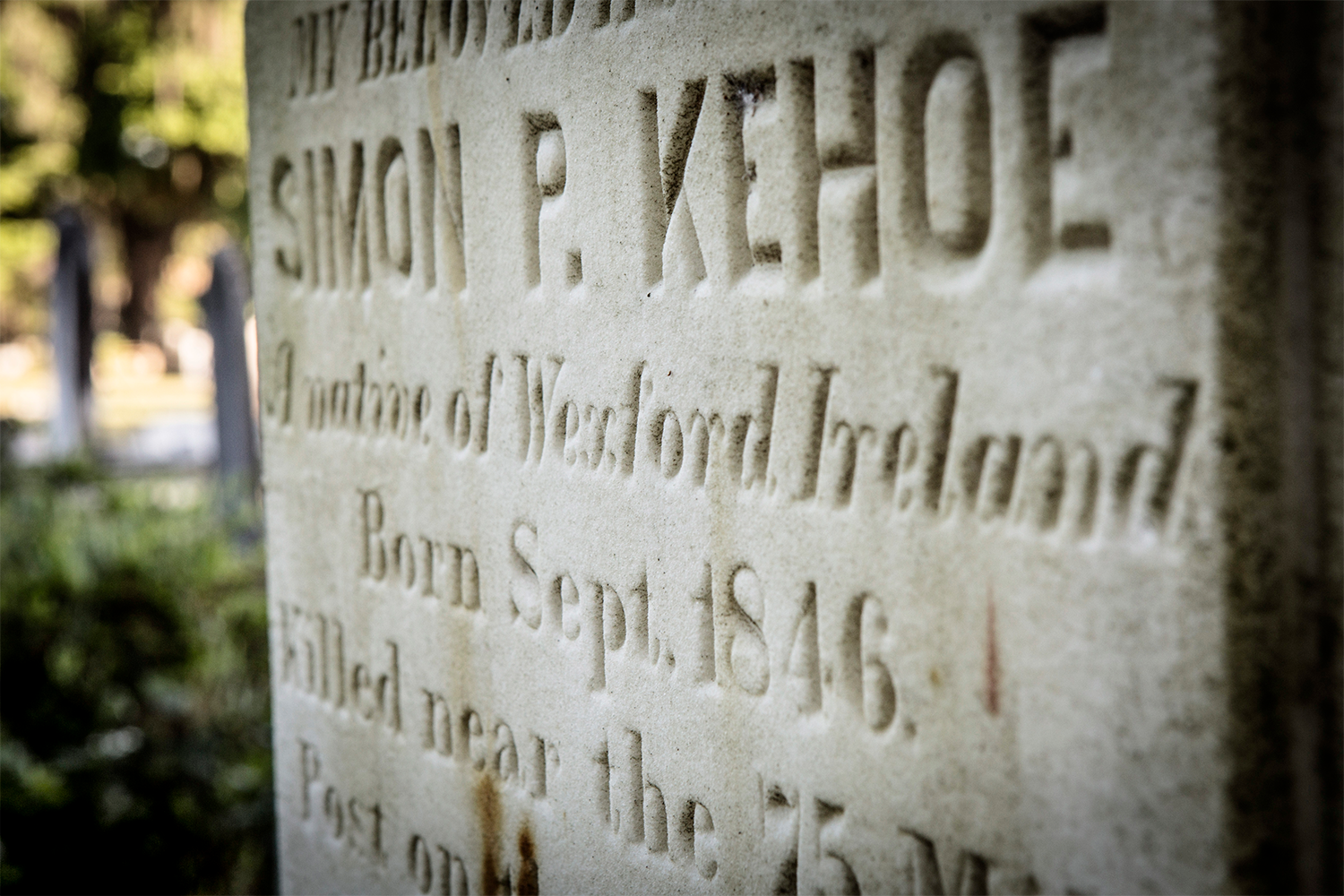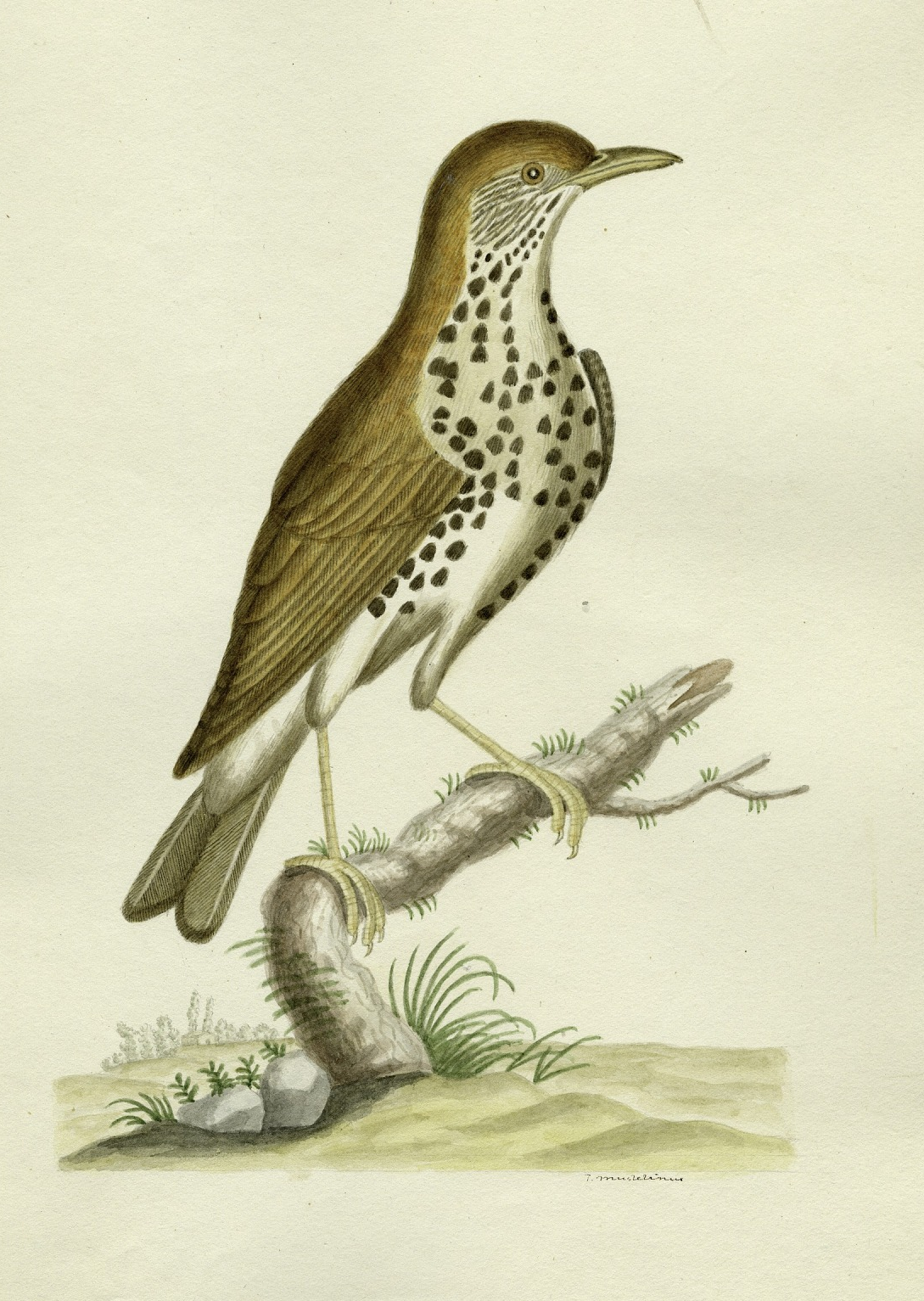
Entries
Write By The Sea •• Nationwide TV Program •• John Abbot, Birdman
Write by the Sea, Kilmore Quay


Howard Keeley & Colin Barrett • Paul Lynch
Images courtesy of Menapia RED (Research, Education, Design)
Write By The Sea, Kilmore Quay
On Saturday, September 28, 2024, Howard Keeley and four members of the multi-award-winning Ballycogley Players offered an 80-minute presentation about Maeve Brennan (1973-1993), the short story author and New Yorker staff writer (pseudonym: The Long-Winded Lady). Their focus was Brennan’s 1954 tale, “The Servants’ Dance,” which interrogates the fraught relationship between Irish Bridgets (i.e., domestics) and the elite American women who employ them. The occasion was Write By The Sea 2024, the famed boutique literary festival that dominates the fishing village of Kilmore Quay, County Wexford, Ireland, for a weekend each September. A partial list of the 2024 contributors includes Jami Attenberg, Colin Barrett, Sinéad Gleeson, Tesa Hadley, Rachel Kushner, Niamh Mulvey, Andrew O’Hagan, Cathy Sweeney, and Colin Walsh. Also contributing: Booker-nominated authors Kevin Barry, Elaine Feeney, and GauZ; Booker-winning authors John Banville (2005, for The Sea) and Paul Lynch (2023, for Prophet Song). Lynch’s novel imagines Ireland under a fascist regime. The Booker Prize jury opined, "[The] harrowing and dystopian Prophet Song vividly renders a mother’s determination to protect her family as Ireland’s liberal democracy slides inexorably and terrifyingly into totalitarianism. Readers will find it timely and unforgettable. It’s a remarkable accomplishment for a novelist to capture the social and political anxieties of our moment so compellingly.”

Nationwide: GS Wexford


Headstones in Catholic Cemetery, Savannah, Georgia
Images courtesy of Menapia RED (Research, Education, Design)
Nationwide: GS Wexford
On Wednesday, September 25, 2024, Ireland’s national broadcaster, RTÉ, aired a special episode of its super-popular television program, Nationwide. The 24-minute show focused on Georgia Southern University’s emerging campus in Wexford Town, the largest urban center in (and the administrative seat of) County Wexford. The program’s first half highlighted the historical trade-and-emigration connections between County Wexford and the City of Savannah, Georgia, and it also featured multiple interviews with Georgia Southern students studying on the Wexford Campus. The program’s second half privileged the former Adoration Convent, which the university is remodeling as a 50-bed student-accommodation complex. Among other features, one can watch Nationwide host Bláthnaid Ní Chofaigh in conversation with Sister Peter, Mother Superior of the Adoration nuns, longtime residents of the convent, which was constructed by Mary (“the builder”) O’Connor in 1886. >> Watch the broadcast on the RTÉ Player internet streaming service >> Listen to a pre-broadcast radio interview between Bláthnaid Ní Chofaigh and Southeast Radio’s Alan Corcoran

John Abbot, Birdman




Images courtesy of Smithsonian Institution
John Abbot, Birdman
Celebrated for his 4,000+ detailed drawings of birds, insects, butterflies, and moths, London, England-born ornithologist and entomologist John Abbot (1751-1840?) emigrated to America in 1773, initially settling in Virginia. In 1776, he relocated to Georgia. Abbot is buried in the Bulloch County cemetery of the McElveen family, in whose plantation home he resided from 1818 until his death. In 2024, for his Eagle Scout project, Michael Deal organized the restoration of Abbot’s gravesite (Arcola Road, off Mud Road, near Brooklet). Prior to his exploration of the New World, Charles Darwin studied Abbot’s work, including written descriptions of bird habitats, behaviors, and migration patterns. >> Good read: “Abbot’s Summer Red Bird”

